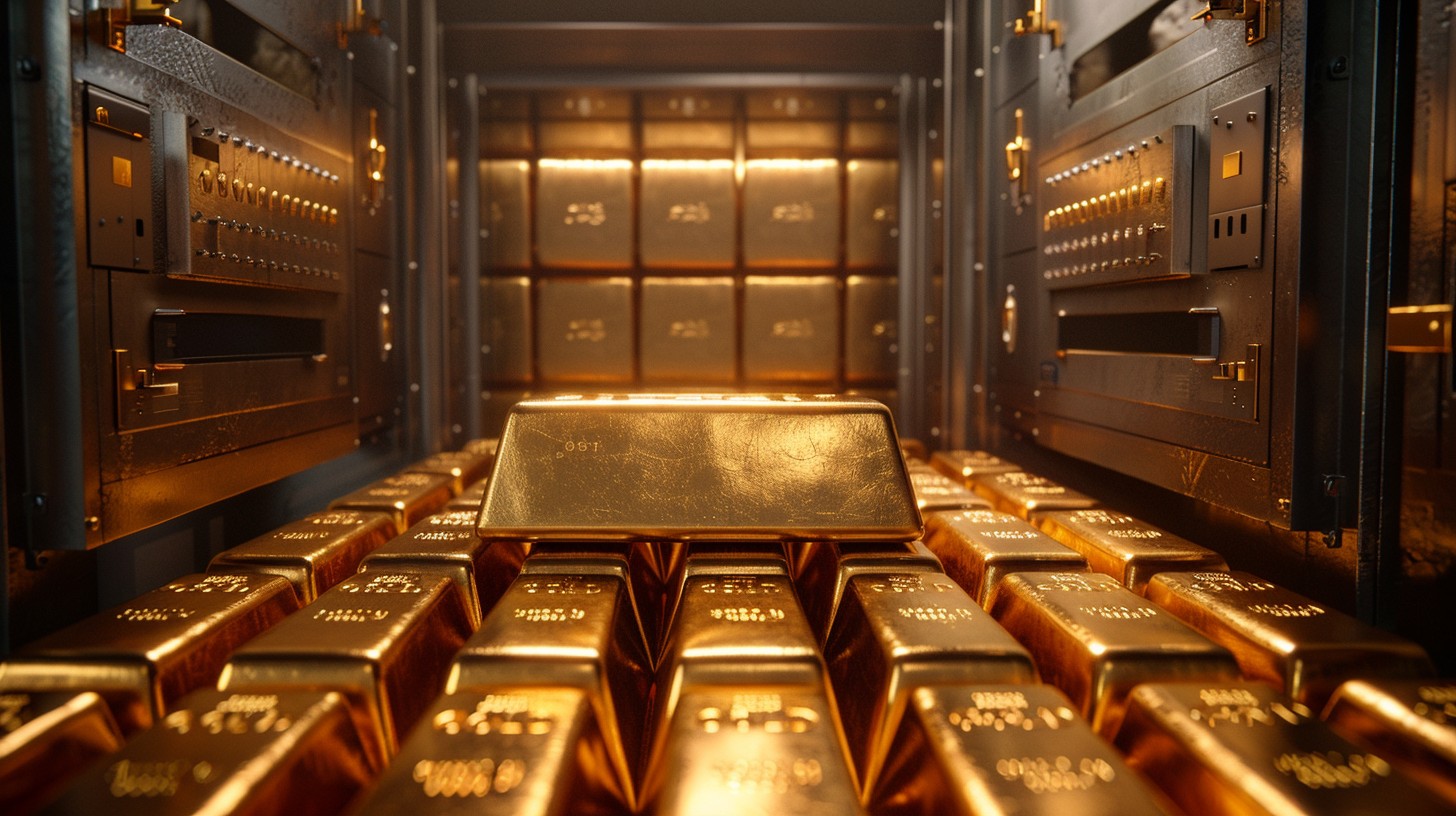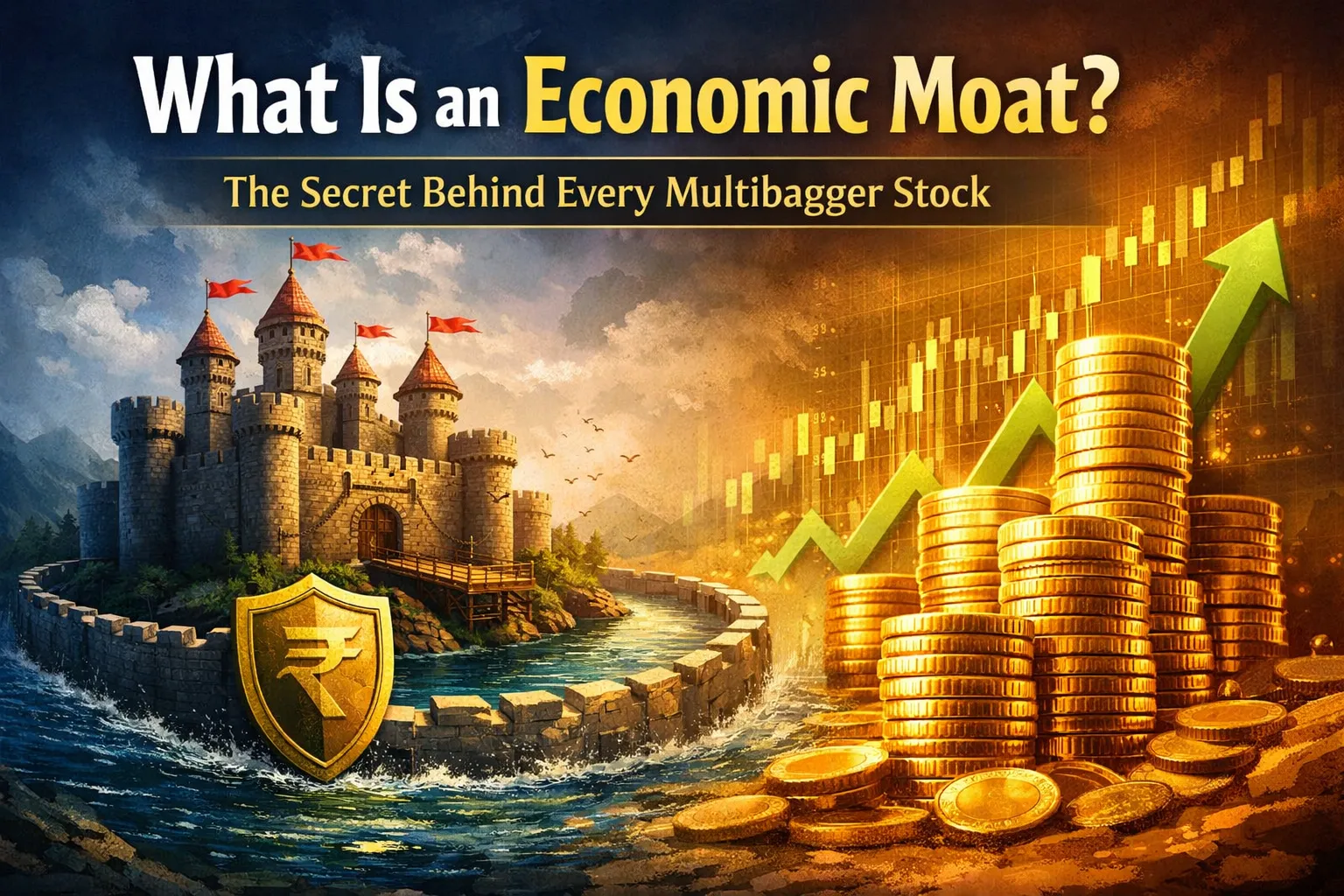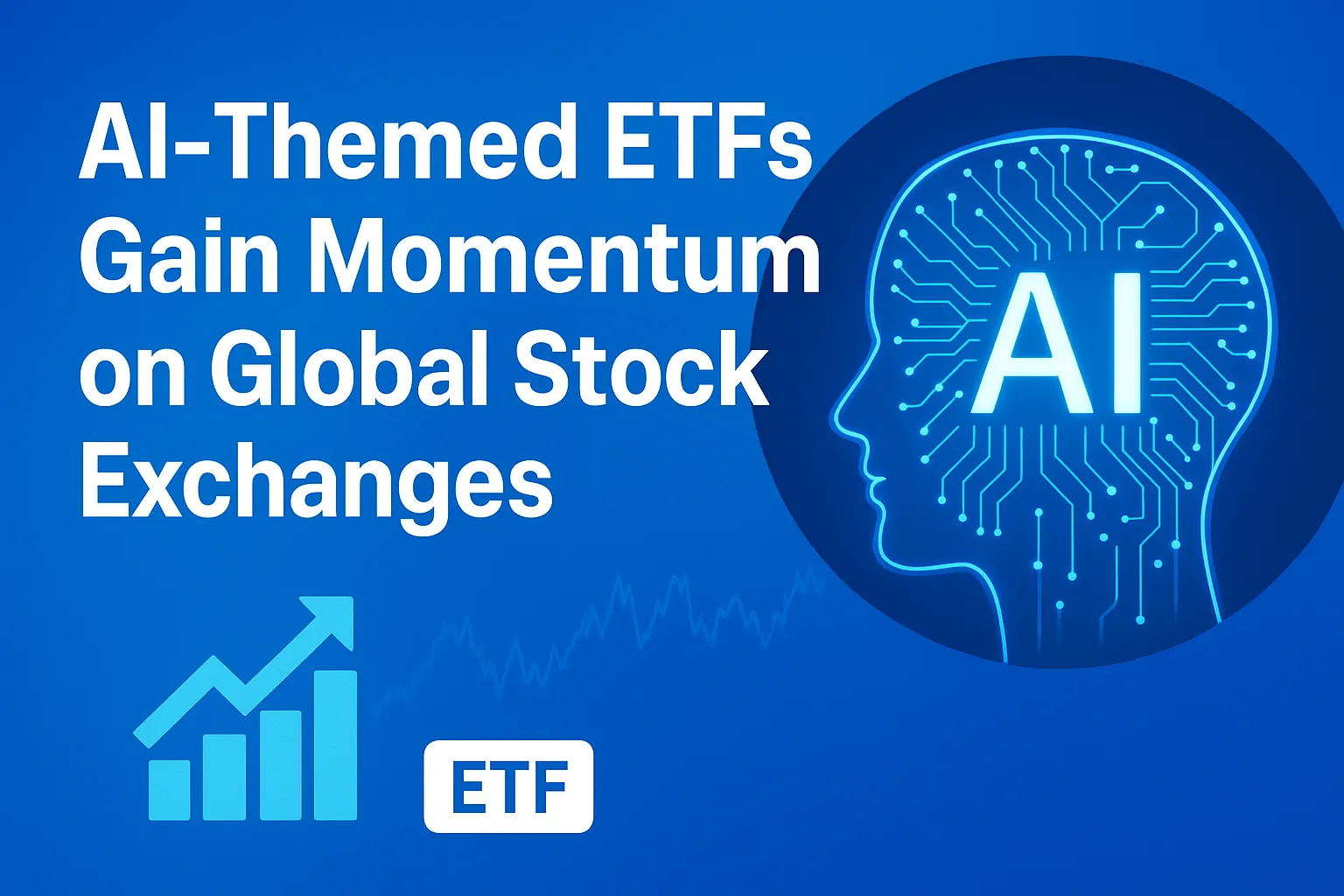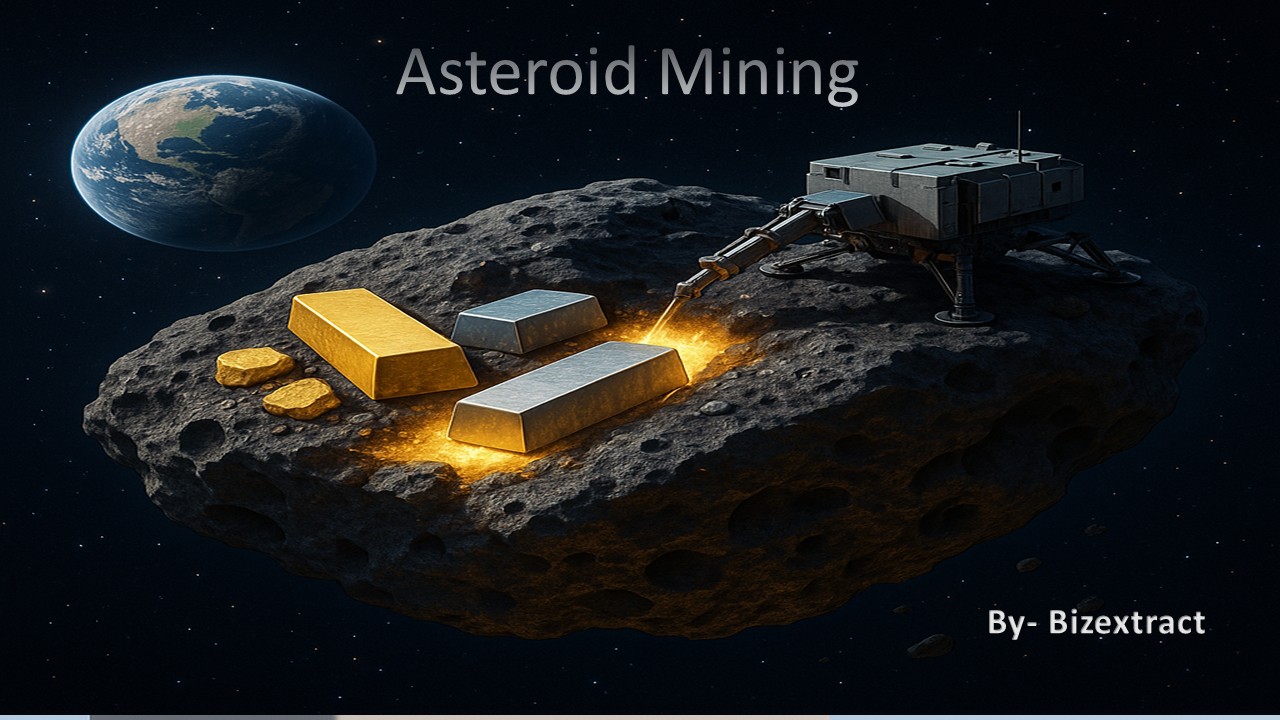
Gold has captivated humankind for thousands of years, revered across civilizations as a symbol of wealth, power, and divine connection. From ancient trade routes to global markets, gold has maintained its timeless allure, constantly sought after for its rarity, beauty, and reliability. Today, its value endures not just as an ornament or currency but as a powerful investment asset. This article delves into the fascinating history of gold, its evolving role in economies, global demand and supply, factors influencing its price, and various ways to invest in this shining metal for the future.
1. Gold’s Rich History and Early Uses
Gold’s journey began in ancient civilizations where it was a medium of trade, often symbolizing wealth and prosperity. The Egyptians saw gold as “the flesh of gods,” adorning tombs and temples with the metal. Gold’s rarity and luster gave it an air of divinity, leading societies like the Romans and Greeks to use it as currency, turning it into coins that passed through kingdoms and empires. Even today, gold holds sentimental and cultural significance, especially in India, where it is deeply associated with wealth, fortune, and family legacies.
2. Gold’s Evolution as a Modern Asset
While gold’s ornamental and cultural value persists, its role has expanded to finance and investment. Gold became a “safe haven” in times of economic crisis. Governments started maintaining gold reserves to stabilize their currencies, seeing it as a reliable hedge against inflation and currency devaluation. Over the years, gold has also become an important element in technology and medical industries, expanding its use across sectors. Today, gold is traded in various forms, from jewelry to exchange-traded funds (ETFs) and digital gold, allowing people worldwide to invest in and own it in new, innovative ways.
3. Global Demand for Gold and India’s Contribution
The demand for gold remains high worldwide, with India and China leading in consumption. This demand has several major drivers:
- Jewelry Demand: Nearly half of the global demand for gold comes from the jewelry sector. In India and the Middle East, gold holds traditional significance, being a key part of weddings, festivals, and familial wealth. This demand grows every year, contributing substantially to global consumption.
- Central Bank Reserves: Central banks of many countries, including India, Russia, and China, maintain gold reserves to stabilize their economies. As geopolitical situations shift and economic uncertainties arise, central banks continue to increase their gold reserves.
- Investment Demand: Gold is seen as a “safe haven” asset. During times of economic turbulence, individuals and institutional investors alike turn to gold to protect their wealth. This demand rises especially during times of market volatility, further pushing up the value of gold.
4. Supply of Gold
Gold’s supply is limited, primarily coming from mining. Gold mines in South Africa, China, Australia, and Russia are major contributors. Gold supply is influenced by several factors:
- Mining Costs: Mining gold is costly and labor-intensive. Extracting gold from mines requires a lot of resources, adding to its value and affecting global supply.
- Geopolitical Situations: Political instability in gold-producing regions can disrupt mining operations, impacting the supply chain.
- Recycling: Used gold, especially from jewelry and industrial waste, can be recycled, providing a secondary supply source to the market.
5. Factors Behind Gold’s Price Movements
Gold prices are influenced by various factors, from demand and supply to international economic conditions. Here are some of the main reasons gold’s price fluctuates:
- Economic Uncertainty: During economic instability, investors seek safe assets like gold, increasing demand and raising prices.
- Inflation: Gold is a hedge against inflation, and as inflation rises, gold demand usually increases, which pushes its price up.
- Currency Movements: Gold prices often move inversely to the U.S. dollar. When the dollar weakens, gold prices tend to rise as people turn to gold to preserve value.
- Interest Rates: When interest rates are low, the opportunity cost of holding gold decreases, making it more attractive to investors, which increases its price.
6. Why Invest in Gold for the Future?
Investing in gold remains beneficial both for immediate returns and long-term stability. Gold holds a unique place in portfolios due to its safe haven status. Here are reasons why gold is seen as a valuable investment for the future:
- Wealth Preservation: Over time, gold has consistently increased in value. It is often passed down through generations as a legacy that retains worth.
- Safe Haven: During economic downturns, gold’s stability makes it a secure asset that protects wealth against inflation and currency devaluation.
- Portfolio Diversification: Gold adds balance to an investment portfolio. With a low correlation to stocks and bonds, it helps mitigate risk.
7. Ways to Invest in Gold
The ways to invest in gold have expanded over time, offering both traditional and modern options:
- Physical Gold (Jewelry, Coins, Bars): Buying physical gold remains popular. Jewelry and coins are traditional forms, but they come with storage and security costs.
- Gold ETFs (Exchange-Traded Funds): ETFs allow people to invest in gold without holding it physically. These funds trade on stock exchanges and offer a more accessible way to invest in gold.
- Sovereign Gold Bonds (SGBs): Issued by the Indian government, SGBs offer gold ownership with an annual interest rate. They provide tax benefits and can be redeemed at market value upon maturity.
- Digital Gold: Digital gold allows small, easy investments through apps like Paytm and Google Pay. It’s a convenient and modern way to invest in gold.
- Gold Mutual Funds: Managed by professionals, gold mutual funds invest in gold and related assets, making it an indirect way to invest in the metal.
- Gold Futures: For experienced investors, trading in gold futures provides high-risk, high-reward potential. It involves predicting gold prices in future markets, which requires in-depth market knowledge.
8. Future Demand and Investment Opportunities
Gold’s future demand looks promising as geopolitical tensions and inflation concerns persist globally. Additionally, the rise of technology and medicine—sectors where gold is increasingly used—ensures a steady demand. As the world shifts toward sustainable economies, investors are more inclined to secure tangible assets like gold for wealth preservation.
Conclusion: A Shining Future for Gold
Gold remains a trusted and valuable asset, cherished not only for its beauty but also for its role in preserving and growing wealth. With various investment options available today, every investor can explore ways to include gold in their portfolios. Whether through physical gold, ETFs, digital gold, or SGBs, this metal provides a stable way to diversify investments and secure financial futures. In an ever-evolving global economy, gold stands as a timeless asset, offering security, stability, and growth potential to all who invest in its enduring brilliance.




































































